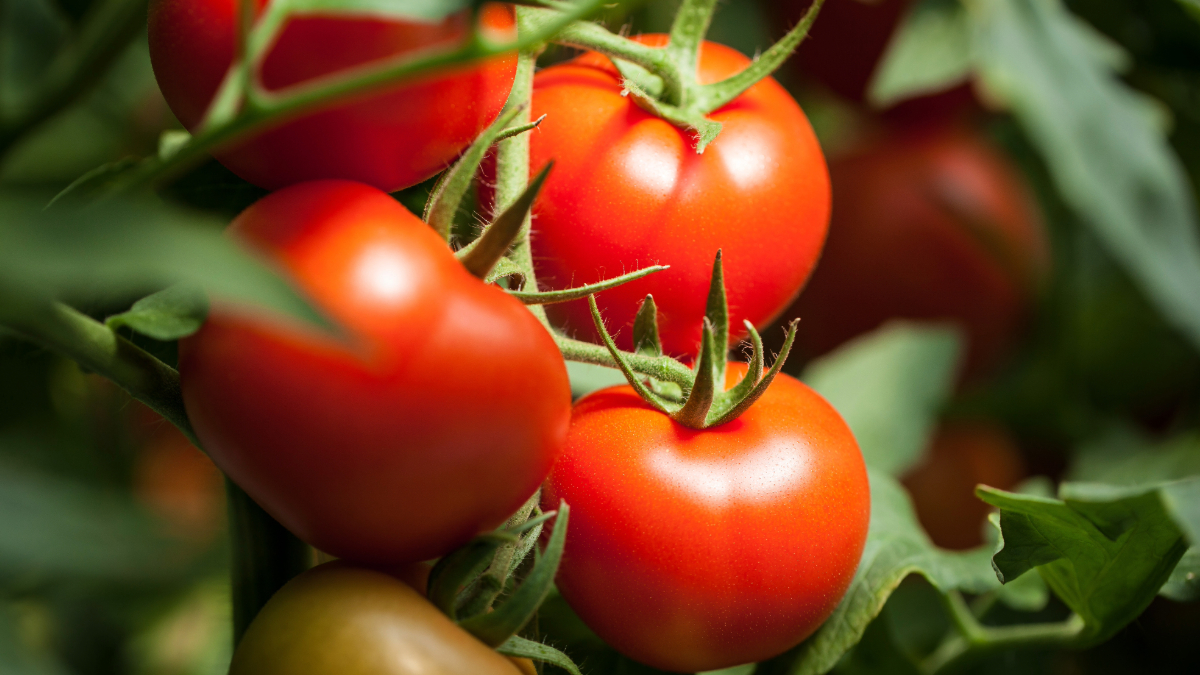Health You Can Taste
What a sweet time of year. Well into the growing season there’s such an abundance of produce to delight the taste buds. Biting into juicy locally grown tomatoes, you can detect the difference in flavour across varieties. Maybe you can even taste the difference in the same variety from farm to farm. Contrast this with the little red rubbery balls that masquerade as tomatoes in the supermarket… close your eyes and take a bite of one of those and you’d be forgiven for not being able to tell that it was a tomato at all.
I’ve written before about the connection between soil health (as defined by a balanced community of soil food web organisms) and taste. Plants are able to access both the micro and macro nutrients they need to thrive when the soil food web is intact, and this directly correlates to nutrient density (and thus, taste). We need those nutrients to thrive too, and don’t your tastebuds know it!
This relationship between soil health and nutrient density is being documented in a growing database of studies in a demonstration of citizen science at its best. A device (a type of spectrometer, not dissimilar to a brix meter) is being developed to help consumers make informed, real-time decisions about nutrient density at the point of purchase.
Imagine pointing this affordable little device, called the Bionutrient Meter, at something you wish to buy – a fruit, vegetable, grain, or even meat. Using light to measure the nutrients within, it sends this information directly to your phone, so you can make comparisons and decide which item has the best nutrient density for your buck. Will this choice contribute to my health? Do the management practices claimed by this particular grower stack up to the nutrient density in this particular produce?
I’m all for any development that empowers folks to be able to make decisions that support their own health. And the environmental impacts of being able to choose foods that are grown with practices that support living soil are incredibly exciting. To see the transparent, open-source work completed so far and to learn how you can help, check out www.bionutrientinstitute.org. Heart and Soil Magazine also offers a great interview with founder Dan Kittredge on YouTube.
Now, go munch on a local tomato while you can.
